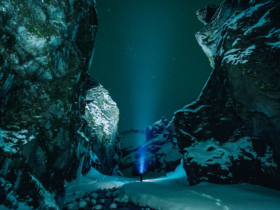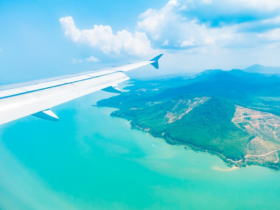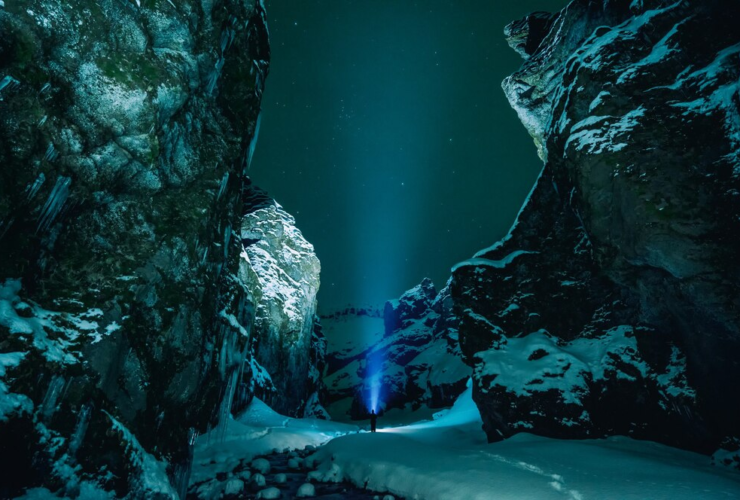Monasticism is the most fundamental institution of Buddhism. Buddhist monks and nuns are responsible for maintaining and propagating Buddhist teachings, as well as educated and guided Buddhist followers, Hindu Temples. but The Buddhist monastery is withdrawn, emerging from vassa practice. In the South Asian rainy season, there are Buddhist monks and nuns. so These monasteries gradually developed philosophical principles and debates where learning centers developed.
1. Hanging Monastery
Halfway located some 75 meters (246 feet) above the ground on a high ridge. Hang Monastery is one of the most remarkable sightings in China. The mid-air service and footpath link together consisting of a complex of 40 rooms. because This remarkable monastery appears to have a full precipice glued to the side. The name ‘hanging’ can be misleading as it is actually supported by stilts though rather created in a ridge. but The monastery was built in the 5th century and has been hanging here for 1500 years. but Its long history, many repairs, and extensions led to its present-day scale.
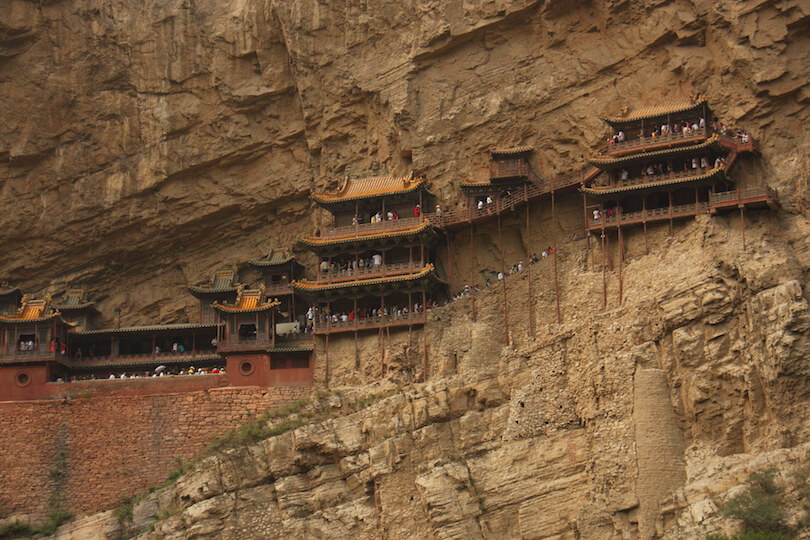
2. Taktsang Dzong
A 900 m (3,000 ft) high ridge, situated on the edge of Taktsang Monastery or Tiger. and The nest is an impressive symbol of Bhutan and an unofficial symbol. It is about a 2-3 hours hike from the plenty of up-hill monastery parking lot. According to a legend, Guru Rinpoche had reached this place in Tibet. Taktsang was a tiger and the back Tiger ghost was reunited sacred. but The first monastery was built in 1692. A tragic fire in 1998 destroyed most of the original buildings. But since this painstakingly their former glory has been restored.
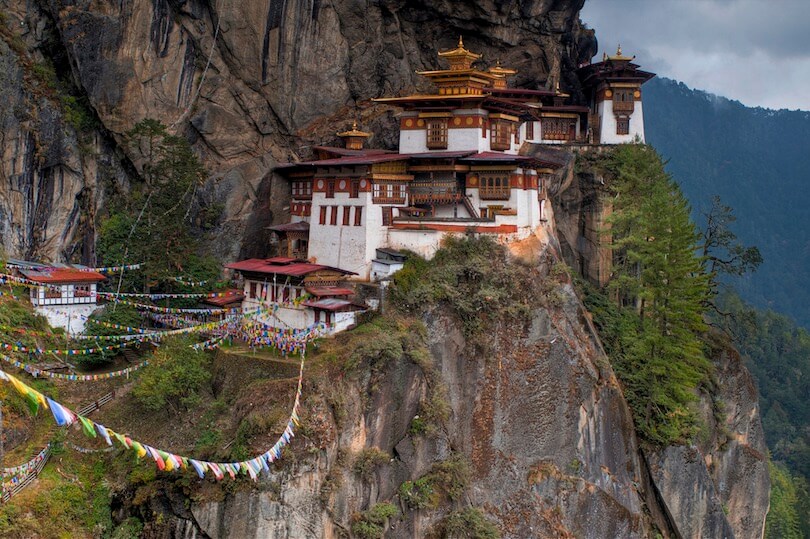
3. Taung Kalat
Built by the extinct volcanic plug fort, and Taung Kalat Buddhist Monastery is the most breathtaking site in Burma. so To reach the monastery, visitors must climb the steps to reach the 777 summits. There are plenty of monkey monkeys to handle along the way. From the top of Taung Kalat, one can enjoy a panoramic view. so A garden can see the ancient city and the huge secluded coniferous crop of Mount Popa. because of The volcano that actually formed the volcanic plug.
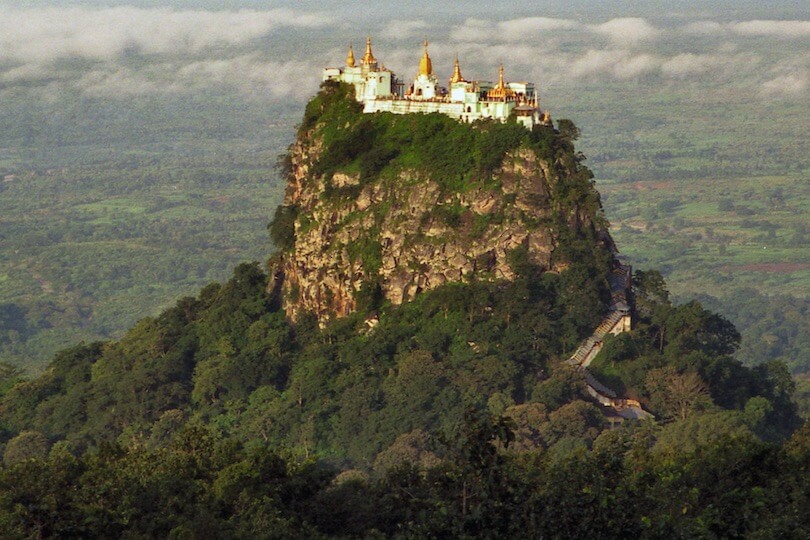
4. Punakha Dzong
Stunningly seen standing on an island between the confluence of the rivers Fu Chhu and Mo Chhu. Punakha Dzong is one of the most photographed ancient dzongs of all Bhutan. A dzong is a combination of both a fortress and a monastery and is located in every district in Bhutan. Punakha Dzong, like any other dong, performs for many reasons including territory protection. An administrative seat government and a winter house with a monastic body. so It is joined and covered by a curved wooden pool material. Many valuable things from the days when successive kings ruled in this valley.
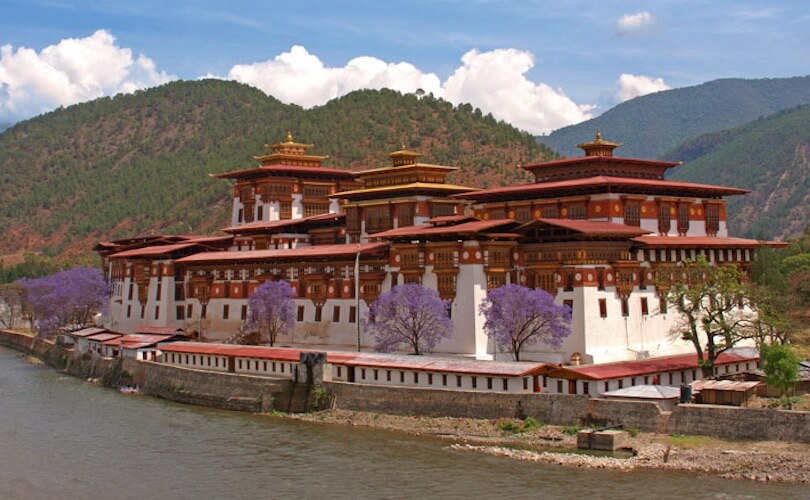
5. Thikse Monastery
Monastery Potala Palace in Lhasa is a Tibetan Buddhist monastery of the Yellow Hat sect, noting its resemblance. but The monastery is located in the Indus Valley in India at an altitude of 3,600 meters (11,800 feet). so It is a 12-story complex and houses many Buddhist art items such as stupas, statues, and wall paintings. One of the main points of interest is the Maitreya temple that is installed. In 1970 the 14 Dalai Lama visited the monument to the Thikse monastery.
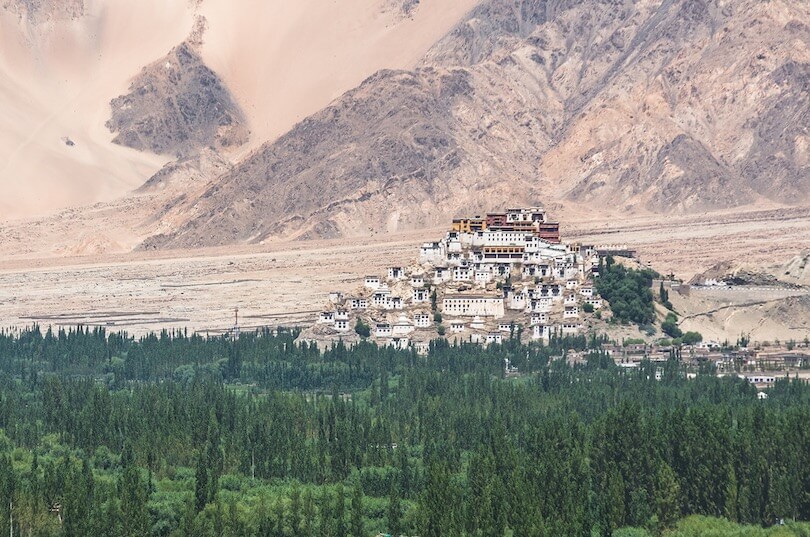
6. Lama Temple
Lama Temple (Peace Yonghe Temple / Palace and Ekopa). Located in the northeastern part of Beijing, it is the largest Tibetan Buddhist monastery in the world. so The Buddhist Tibetan version of the temple was built by the Chinese emperor harbored deep charm. In the last few years, many Tibetan and Mongolian Buddhist monks, have lived and taught here and are still Buddhist monks, living at home today. but The temple is a 26 meter (85 feet) tall Maitreya Buddha statue carved from a single piece of white sandalwood.
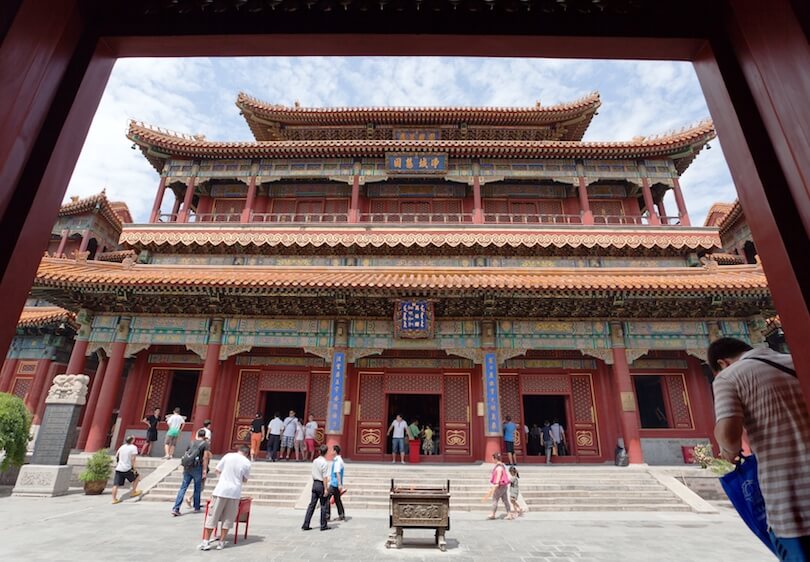
7. Key Gompa
Ki Gompa or Ki Monastery is a thousand-year-old Tibetan Buddhist monastery. and The Spiti District Valleys stand out at the top of a hill at an altitude of 4.166 meters (13,668 feet). so The village below Kibar is said to be the largest village in India. The monastery has been attacked several times. but The Mongols and other armies and their long history were also devastated by fire and earthquake treatment. and Consecutive signs of destruction and restoration. so A box-like structure and a fort-like monastery have been created. but Where temples are built on top of each other.
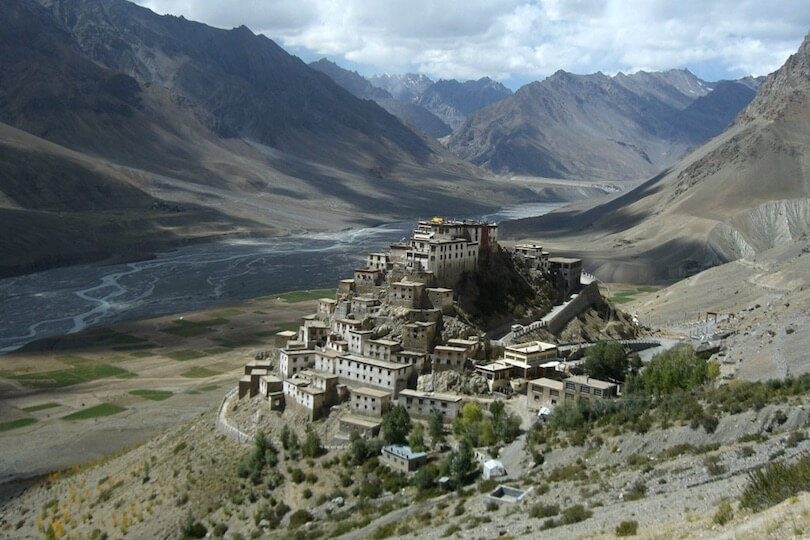
8. Ganden Monastery
Ganden Monastery is Tibet’s ‘Big Three’ University Monastery. then Located at an altitude of 4,300 meters (14,107 feet) on Mount Wangbur. The other two are Sera Monastery and Drepung Monastery. and Lhasa is the longest of the three university monasteries. Ganden traditionally had a small population of 6,000 Buddhist monks, some of the 20th century. In 1959 the monastery was completely destroyed by red guards and mummified bodies. so Of Tsongkhapa, the founder of the monastery was burning. Reconstruction of the monastery has been going on since 1980.
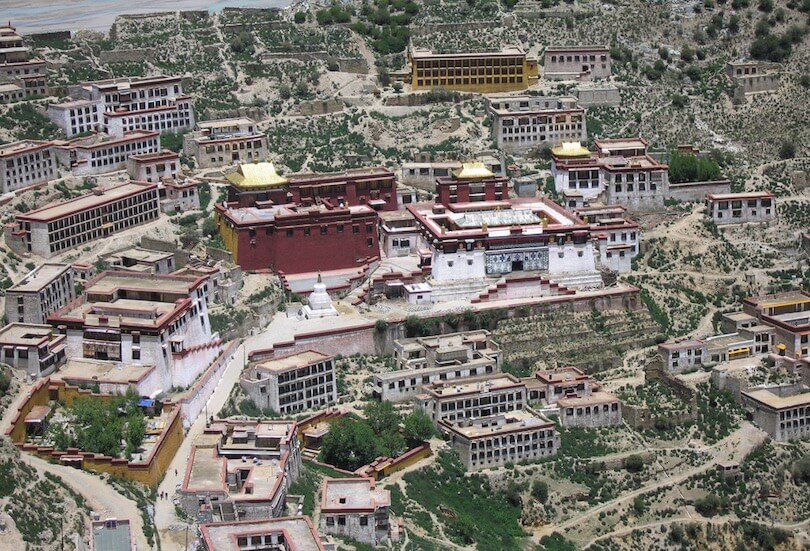
9. Erdene Zuu Monastery
Arden Zuu Monastery is probably the oldest surviving Buddhist monastery in Mongolia. It was built in 1585 by Abtai San Khan, at the Tibetan Buddhist Introduction in Mongolia. Karakorum remains were used in stone construction. It is surrounded by a wall with 100 stupas. The number 108, being a Buddhist sacred number, was probably facilitated but not achieved. In the communist regime, Erdogan Zuu was only allowed to exist as a museum. However, after the fall of the Communists in Mongolia in 1990 there were lamas over the monastery. And Arden Zuu became a place of worship again.
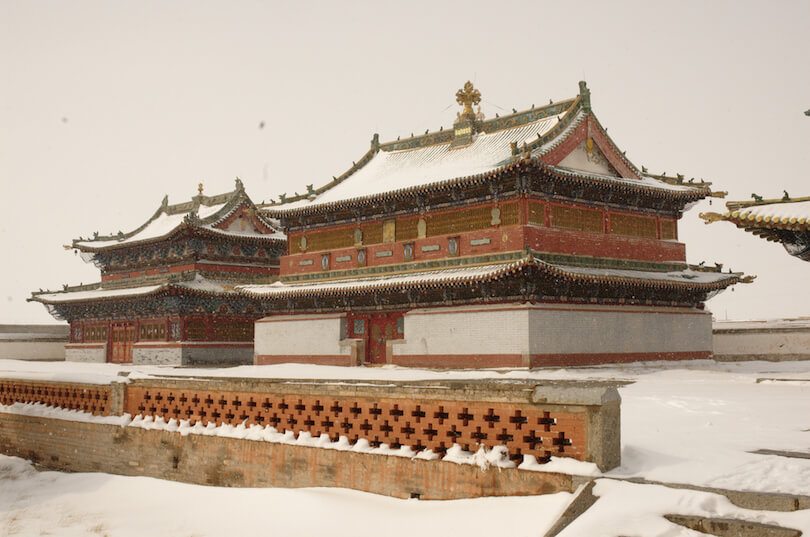
10. Yumbulagang
According to a legend, Yumbulagang was the first building in Tibet and the first Tibetan king’s palace, Nyatri Tsenpo. Its name means “Mother and Son Palace” in Tibetan. 5 Dalai Lama executed, the palace became a monastery of Gelugpa School. Sadly, it takes a lot more damage and less of a single story. It was renovated during the Cultural Revolution but in 1983.
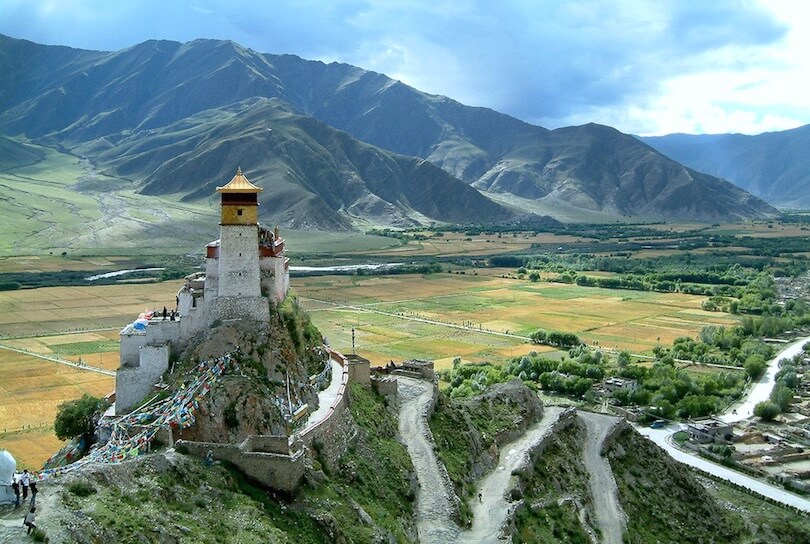
Read Also: Best Places For Foodies In India
